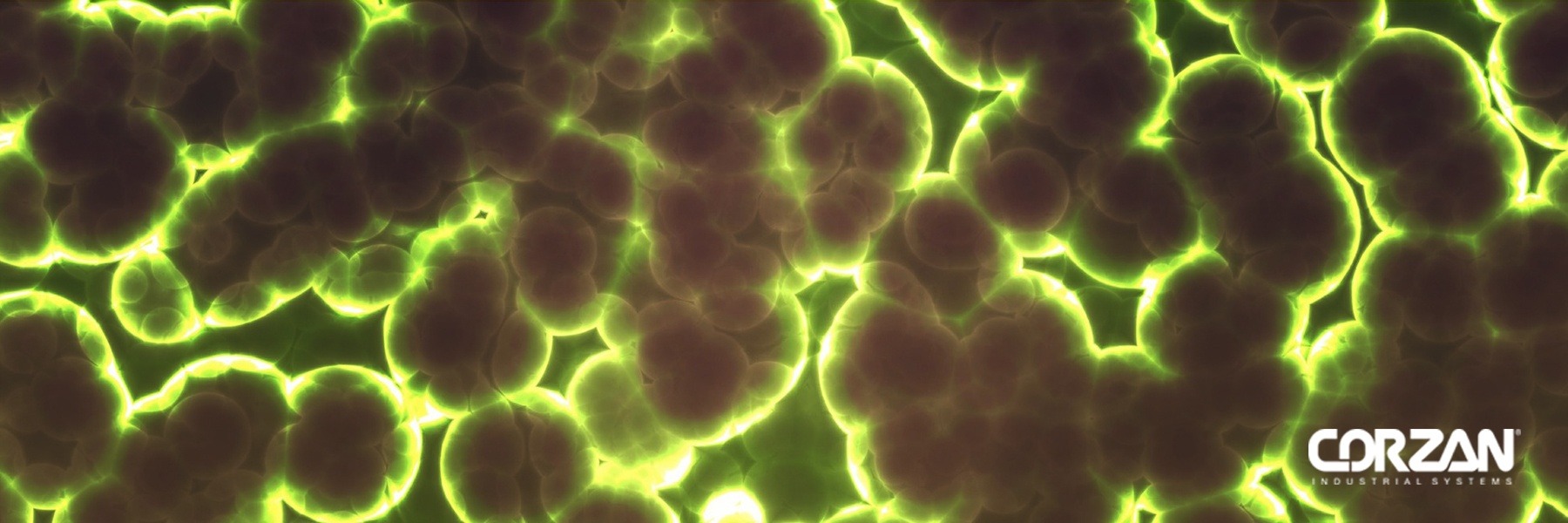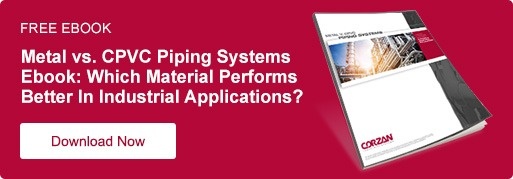How Proper Piping Material Selection Can Reduce Harmful Biofilm Formation
Biological contamination presents a serious concern for many applications, even in industrial plants. Biofilm formation allows unsafe bacteria and organisms to grow and contaminate supplies of water and other transported fluids.
Considering alternative piping materials ideally suited to resist biofilm formation can help minimize this significant health risk.
What Are Biofilm Formation and Biological Contamination?
Bacteria exist in nearly all situations where water is present. Harmless microbial life naturally exists in water, and most is completely safe. But under certain circumstances, bacteria can multiply exponentially. Bacterial growth in pipes can affect water quality and create health risks.
Biofilm formation begins when microorganisms in water come in contact with a surface and attach to it. Once connected to the surface, the biofilm grows, creating a feeding ground for bacteria to multiply.
When it comes to biofilm formation, the environment and processing conditions play a major role.
All types of biofilm require water. Completely dry surfaces do not contain the microorganisms needed for biofilm formation. Also, hotter, more humid environments are more susceptible to this occurrence.
Biofilm Formation Risks
If a line becomes contaminated by outside bacteria, it can introduce pathogens. These harmful bacteria or microorganisms can harbor in the accumulated biofilm and deposit into the flow. And, microbes found in biofilm that are not hazardous can still negatively influence the taste, color and odor for certain fluids, especially water.
Legionella
Legionella is a type of bacteria that can cause legionellosis. Legionellosis leads to Legionnaires’ Disease, a serious type of pneumonia, or a less serious infection called Pontiac Fever. In either case, the disease is contracted through inhalation of a mist or vapor contaminated with the bacteria.
Biofilms can harbor Legionella if the right conditions are met, including environmental temperature (shown in the chart below) and piping material factors.
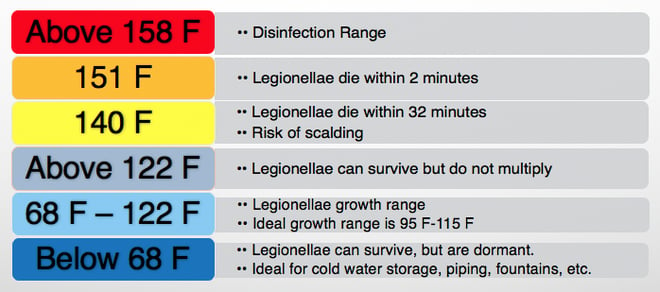
If a system is designed for transport above 158°F (70°C), users can utilize Legionella and biofilm remediation techniques that involve sanitizing the system with chlorinated water (i.e. bleach) at 180°F (82°C).
This is a simple and effective solution for CPVC, but not all materials can handle the aggressive oxidizing disinfectants’.
Other plastics, such as polypropylene (PP) and polyethylene (PE) can be adversely affected by chlorine. Fluorinated plastics, like polyvinylidene fluoride (PVDF) can handle chlorine, but if the pH is allowed to rise too high it may affect the performance of the material.
In a study comparing Legionella bacteria growth between various piping materials, including CPVC, stainless steel, PEX and Polypropylene, CPVC averaged significantly less growth after 8, 12 and 16 weeks.
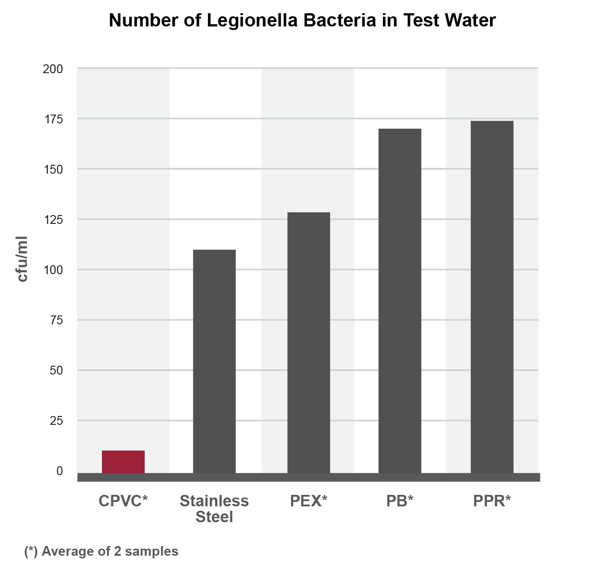
Piping Material Factors
To thwart biofilm formation, intensive disinfection is performed to the piping system at regular intervals. These methods can be expensive and, in the instance of hot steam cleaning, leave residual moisture for biofilm to harbor. This continuous cycle of cleaning can be costly.
Consider alternative piping materials to limit biofilm formation risks by comparing each material on the following factors:
Material Smoothness
For biofilm to grow, especially if the water is not entirely stagnant, microorganisms need something to attach to. A completely smooth interior is unlikely to perpetuate growth, but an uneven one is.
To compare piping material smoothness, use the Hazen-Williams C-Factor—the higher the value, the smoother the material surface. CPVC, for example, has a C-Factor of 150 at installation, and that typically remains constant over the system’s life. Steel begins with a C-Factor of around 130-140, but can deteriorate over time due to corrosion, scaling, rust and other processes.
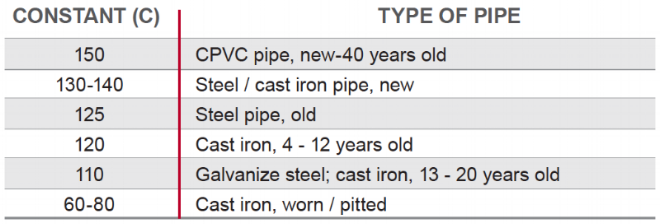
Another way to compare the materials is by viewing the surface consistency. A comparison shows that the surface of CPVC is significantly more consistent and even than stainless steel, creating an environment less conducive for biofilm growth.
CPVC Piping Surface

Stainless Steel Piping Surface

Corrosion Resistance
Many industrial processes involve highly acidic ingredients, water or other substances that pose corrosion risks to piping. Iron-oxidizing bacteria, sulfate-reducing bacteria and acid-producing bacteria are three common examples of corrosion concerns in the industry. These chemicals can result in corrosion over time, providing biofilm with more rough areas on the pipe’s surface on which to grow.
Verify compatibility between the material and the chemicals in your process to increase the service life of the line and avoid interior corrosion.
CPVC, a specially engineered thermoplastic, is resistant to most acids, bases and salts, decreasing the likelihood of corrosion when used with a vast number of chemicals.
View the Corzan® CPVC Chemical Resistance Table to see how CPVC tests against 400+ chemicals.
Plasticizers or Other Additives that Provide a Fungi Nutrient Source
Plastics and biofilm formation can often seem related, and this is due to plasticizers. Plasticizers are additives used to make a compound easier to process into piping, fittings and other products.
The risk of biofilm formation heightens when plasticized materials are involved, because some microorganisms use plasticizers as a nutrient source. CPVC, for example, is not plasticized and therefore does not present that risk.
The Reliable Choice
When resisting biofilm formation is a pertinent concern, CPVC delivers reliable resistance to biological contamination.
Learn more about CPVC, including how it compares to metals, in the Metal v. CPVC Piping Systems ebook.
